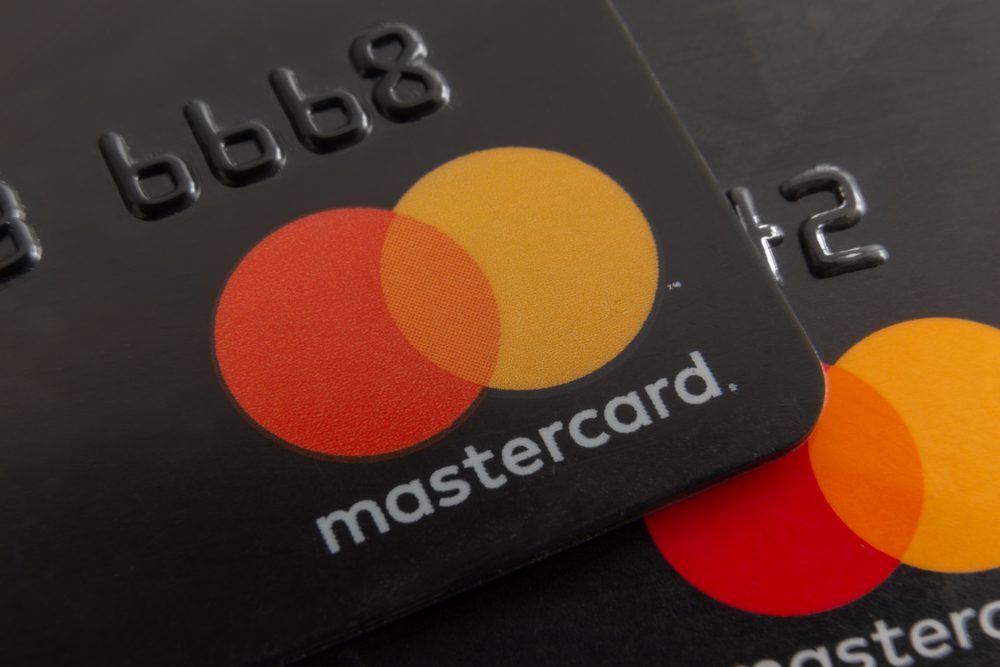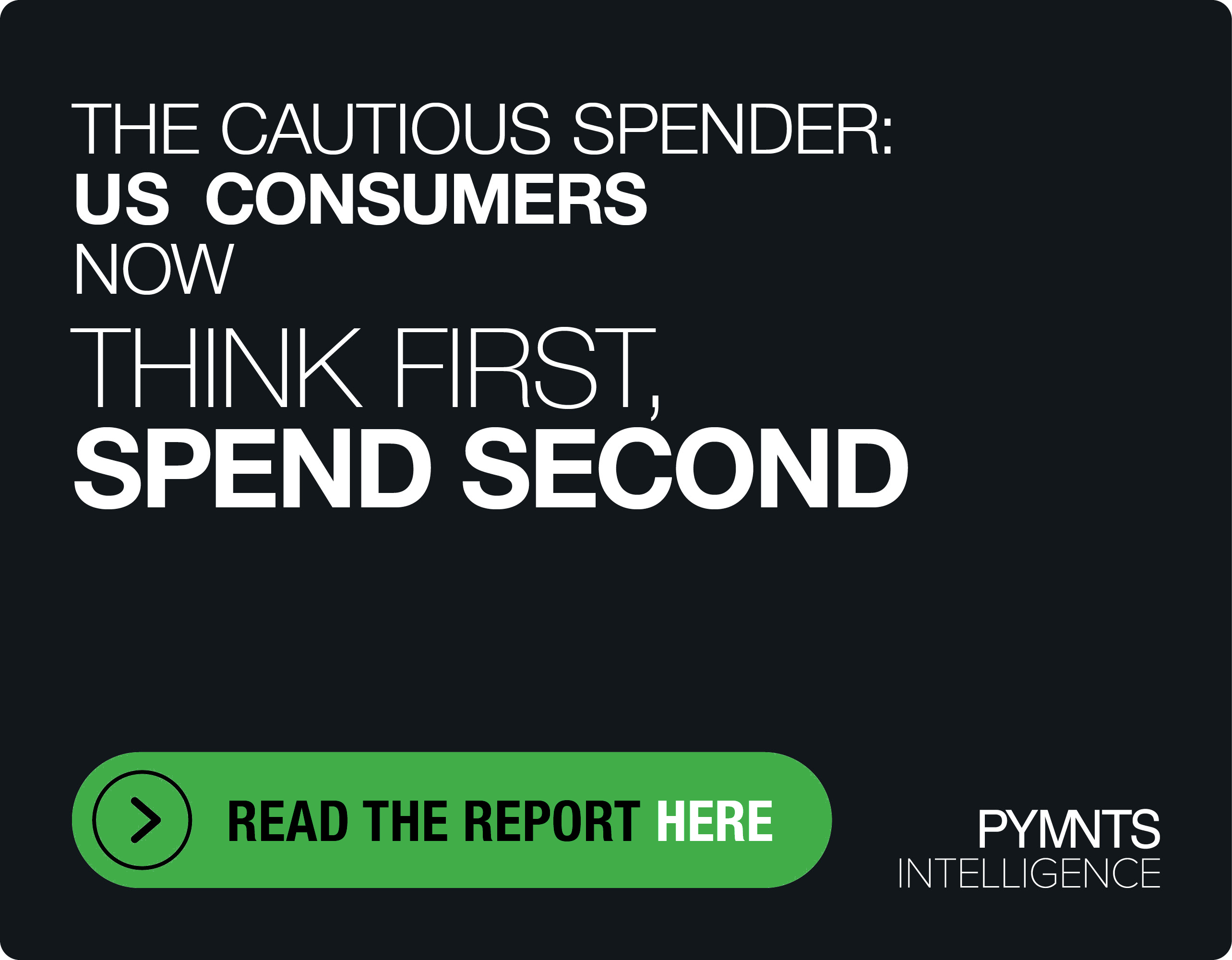Mastercard Says Q4 Spending Lifted by Travel Rebound but Slowdown Looms

Slower volume growth is in the cards, but consumers are still spending.
Mastercard’s latest earnings results show at least some nod to economic uncertainty that lies ahead, but the rise of digital payments, and contactless payments in particular, remains unimpeded.
As CEO Michael Miebach noted on the earnings conference call with analysts, “while macroeconomic and geopolitical uncertainty persists, consumer spending has been remarkably resilient.”
The company’s supplemental materials revealed that gross dollar volume (GDV) grew 8% on a local currency basis to $2.1 trillion. The U.S. GDV growth was 7% to $699 billion, as debit/prepaid volumes were up 7% and credit GDV gained 5.7%.
The number of cards out in the field was 5% higher than a year ago at 3.1 billion worldwide.
Cross-border volume growth was 31% on a local currency basis. Card-not-present volumes, excluding travel, were 8% higher — and in a sign of the snapback in travel-related spending as economies reopened, that metric was up 59% in the quarter.
The supplementals also detailed that month-to-date volumes as measured through Jan. 21 showed switched volumes were up 26% as compared to a year ago; cross-border volumes were up 48%.
Miebach said that during the quarter, inbound travel was either flat or up in every region sequentially relative to 2019 levels. And as of the first three weeks of January, inbound cross-border travel to all regions is now above 2019 levels. Management pointed out that travel continues to be a vertical where cash and checks have dominated and is ripe for a shift to other payment methods.
Miebach said during the call that looking ahead, “we expect the consumer to be relatively resilient. Spending patterns have largely normalized relative to the effects of the pandemic.”
In the meantime, said the CEO, the company will focus on expanding its payments offerings. He called out recent initiatives in installment payments and tokenization. With some granular detail on tokenization, he said that “we surpassed 2 billion tokenized transactions per month and for the year, we are up 38% currently enabling digital transactions in over 110 countries.”
He also said that the company is seeing growth in its virtual card business to help companies improve their working capital efficiencies. During the question-and-answer session with analysts, when asked about the B2B payments space, management said the opportunity is in the trillions of dollars. Miebach pointed to $14 trillion in opportunity via commercial point of sale (POS), adding “but there’s also $24 trillion on accounts payable, which makes the total opportunity in this combined space $38 trillion.”
Contactless Payments Continue to Grow
Chief Financial Officer Sachin Mehra said that card-not-present growth remained strong in the period and noted that “card present growth was aided in part by increases in contactless penetration in all regions.” Contactless payments, excluding Russia, represented 56% of all in-person switched purchase transactions.
Looking ahead, Mehra said, “we do expect consumer spending to hold up relatively well in this environment, driven in part by the strong labor market. It is important to remember that we are coming off a year of strong growth as we lack the effects of the pandemic, and we expect our go-forward growth rates to moderate accordingly.”
